How to Overcome and Prevent Floods in Shrimp Ponds
Floods are a serious threat to shrimp ponds, causing significant losses to the environment and farmers. In efforts to address and prevent floods in ponds, an effective approach is needed. Therefore, you can read about it in the following article!
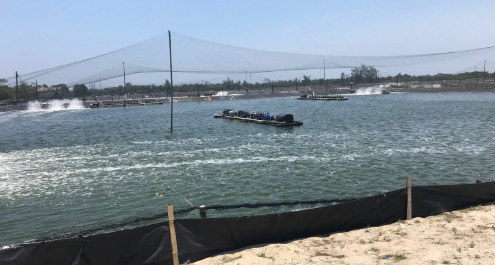
Floods in Shrimp Ponds, What are the Impacts?
For shrimp farmers, floods are a serious challenge that has significant negative impacts on their shrimp cultivation. Floods are not trivial problems because they can cause shrimp to escape from ponds in disarray, resulting in significant losses. The impacts of floods on shrimp ponds are not only limited to these losses but also include the following aspects:
Disrupting shrimp pond infrastructure, including irrigation networks and embankments, can affect the overall construction of the pond.
Lowering the water quality in the pond can cause stress to shrimp and disrupt their growth.
Increasing operational costs of the pond due to infrastructure repairs and more intensive water management.
Reducing the quality of shrimp produced from the pond, resulting in decreased selling prices and farmer income.
Increasing the population of pathogens and pests in the pond due to the presence of floodwater carrying harmful microorganisms for shrimp.
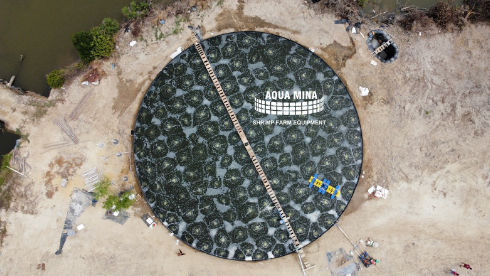
Strategies to Address Floods in Shrimp Ponds
1. Installation of Nets Around the Pond
One effective method is to install nets around the pond to prevent shrimp from being carried away by flood currents. Nets with a width of 1-1.5 meters can be installed and securely tied to withstand the pressure of strong flood currents, keeping the shrimp inside the pond.
2. Water Drainage
A water drainage system, similar to an overflow system, can be implemented by creating drainage channels on the embankment to channel excess water from the pond. This method is effective especially if floods occur only in certain parts of the pond.
3. Liming
Liming is an important step to maintain pH balance in the water, avoiding extreme decreases due to rainwater or the entry of low pH water into the pond. By maintaining the pH of the water, shrimp health can be preserved.
4. Planned Harvesting
Well-planned harvesting can help reduce losses due to floods. This step is the last option when floods cannot be predicted and continue to increase significantly in scale. With timely harvesting, losses can be minimized, effectively reducing the impact of floods on shrimp ponds.
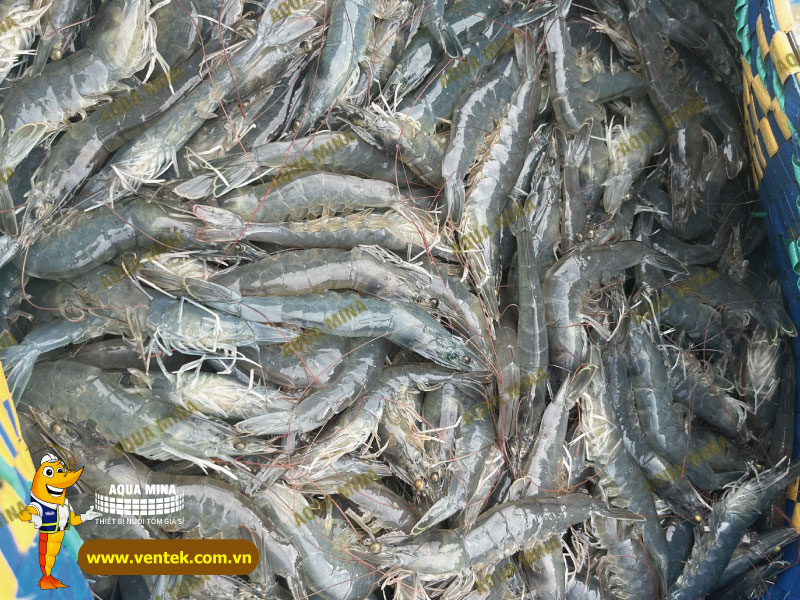
Post-Flood Pond Management
After a flood occurs, appropriate management steps need to be taken immediately to restore the condition of the shrimp pond. Here are some steps that can be taken:
1. Conducting Evaluation
Firstly, a comprehensive evaluation needs to be carried out to determine if the pond’s position is still suitable for shrimp cultivation. If not, farmers need to consider relocating the pond to a safer location, away from flood risks.
2. Regular Outlet Checking
Outlets, as channels for water to exit the pond, need to be regularly checked to ensure there are no blockages that can hinder water flow out of the pond. Outlet cleaning should be done at least once a month to prevent debris buildup.
3. Raising Pond Chambers
Raising the height of pond chambers is a simple yet effective strategy to prevent floodwater from entering the pond. Higher pond chambers can prevent shrimp from water pressure and prevent them from escaping the pond.
4. Using Overflow Systems
Overflow systems can be installed to assist in draining excess water from the pond when the water has reached its maximum limit. However, it should be noted that this system is only effective if water floods the pond, not its surrounding areas.
5. Building an Effective Drainage System
Constructing an effective drainage system is crucial to control excessive water flow and prevent waterlogging in the pond and its surrounding areas.
6. Improving Water Quality
To restore the water quality affected by floods, liming and water replacement need to be carried out. This step aims to improve water conditions to support shrimp growth.
Strategies to Prevent Flood Formation in Shrimp Ponds
Floods are one of the natural disasters that can disrupt shrimp cultivation, but their negative impact can be reduced through several preventive measures. Here is a series of strategies that can be comprehensively applied:
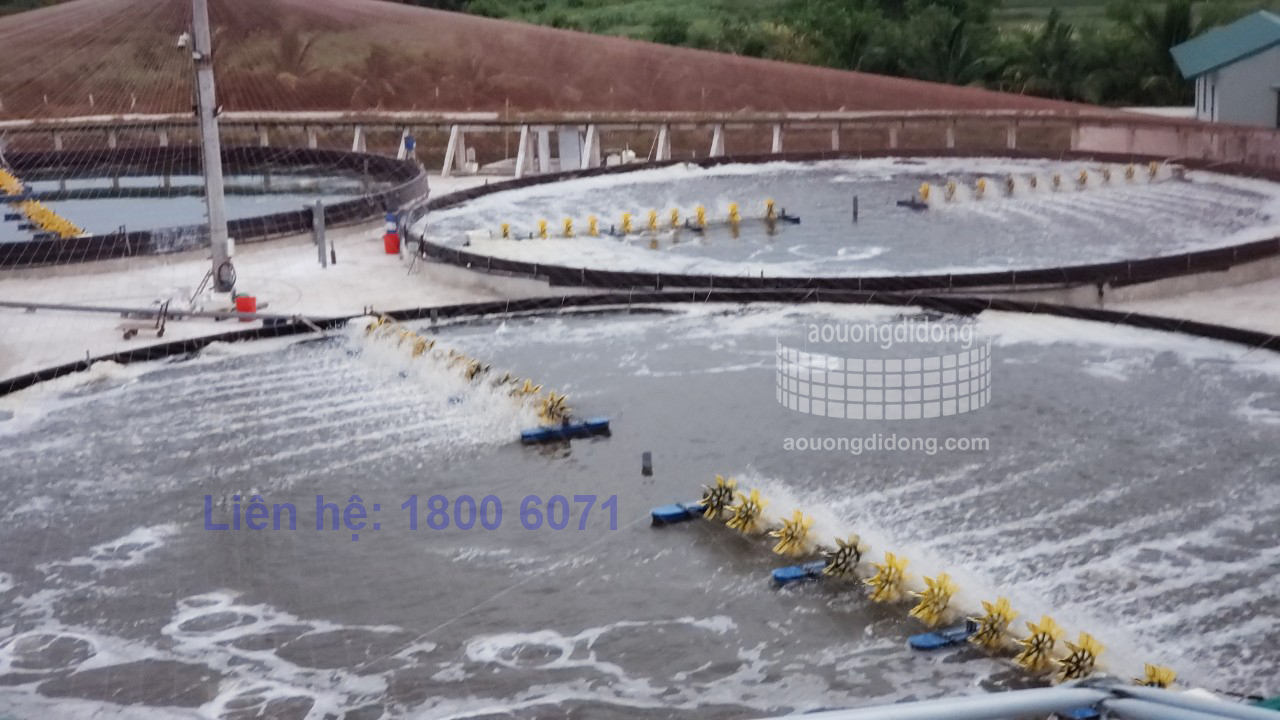
1. Selection of Flood-Safe Cultivation Locations
Choose cultivation locations located in coastal areas with tidal fluctuations of 2-3 meters, having clay or sandy clay soil textures with sand content of less than 20%, located 50-150 meters from the shoreline, and equipped with a green belt as a buffer zone consisting of mangrove forests.
2. Utilization of Tidal Calendar
Use the tidal calendar to predict and adjust the cultivation cycle with the period of high tides, thus anticipating the potential risk of floods.
3. Installation of Water Pumps
Install water pumps to control the water level in the pond to prevent potential flooding.
4. Regular Cleaning of Inlet and Outlet Channels
Regularly sterilize and clean the inlet and outlet channels of the pond, at least once a month, and conduct periodic inspections to ensure smooth water flow.
5. Construction of an Efficient Drainage System
Build an efficient drainage system to control water flow and prevent waterlogging in the pond and its surroundings.
6. Construction of Pond Structures with Strong Embankments
Construct pond structures equipped with strong barriers to withstand water pressure and prevent leakage.
7. Implementation of Effective Overflow Systems
Implement effective overflow systems during pond construction to ensure smooth drainage of excess water and prevent floods in the pond.
8. Construction of Sub-Soil to Prevent Plastic Swelling
Create effective sub-soil to prevent plastic swelling during floods when constructing pond structures.
Cre: DELOS Aqua
Ngày đăng : 02/04/2024
1227 View
Other Articles








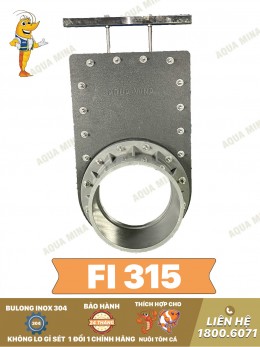
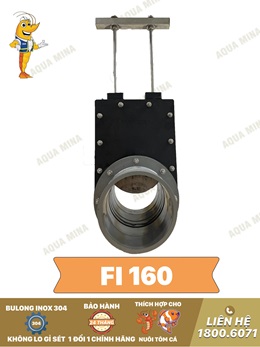

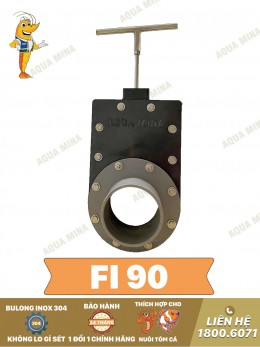
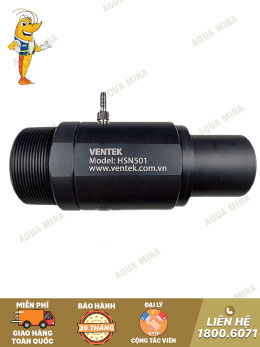
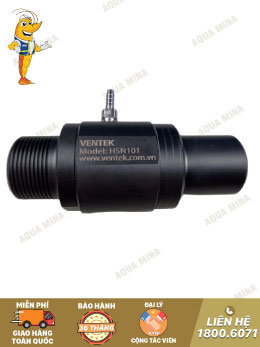

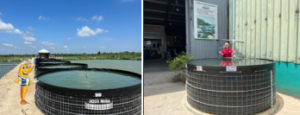

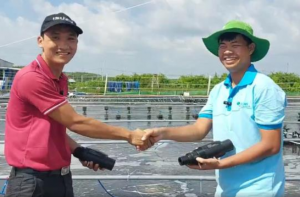
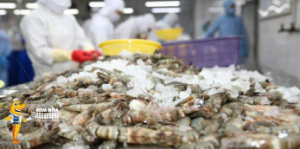
.jpg)